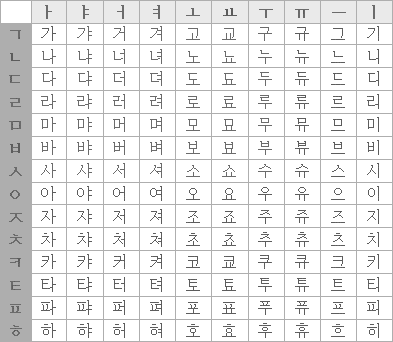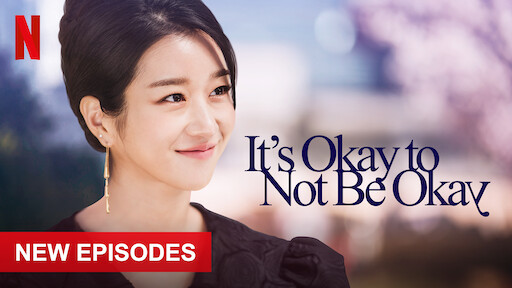Week 2 Reflection
In this initial week of our SDLAP Portuguese journey, we spent the first session chatting and evaluating what kind of baseline knowledge I had. Through our conversation, we both got a feel for where my skills are in terms of each specific category of speaking, reading, listening, writing, and more or less the size of my readily available vocabulary. Our main goal for this week was to create and finalize our syllabus.
We are still not exactly sure of all the details of our class this semester, but we did nail down our meeting times. We settled on meeting twice a week and having a free, loose drop-in time for a couple hours on Friday to answer any questions I had as I went over the material from the week. We determined that we would have an immersive conversation every Tuesday (or Terça-feira) and on Thursdays (Quinta-feira) I would do some type of reading and writing activity to boost multiple types of fluency and performance. I put the Portuguese words for the days of the week because since we coordinate and plan our classes actually in Portuguese, it feels a little strange to refer to these concepts and the mental space and time in English. This, in and of itself, is progress and a certain sign of fluency that I was excited to share!
I have been working with my Language Instructor and had a couple meetings with Dr. Marsh-Soloway about various online resources and databases that would be helpful in developing the skills that I want to achieve by the end of the semester. I hope to incorporate as many platforms, activities, and types of engagement as is helpful. I think that this method – keeping class format and activities dynamic - has been the most effective in my past experiences as a new learner in a language classroom. Professor Abreu would often utilize this, and his class was one of the most engaging and effective long-term learning experiences that I have had. Generally speaking, his approach focused most on imparting the culture and fostering a love and passion for the language by exploring cultural items and concepts while discussing those same elements in the target language. I found that focusing on a piece of music, song, or work of art and expressing my thoughts through the lens of the target language was teaching me both the language and the culture without consciously forcing anything or pushing me or the other students to do so.
With this experience in mind, I am hoping that the structure we have been discussing will achieve this by using different methods on different days. However, true to the nature of the self-directed study, within this framework we will have the option to tweak our schedule as necessary or if it is not playing out as I hoped. I plan to incorporate Brazilian movies into the curriculum as well, which would be something that we could discuss in length in our Tuesday session and could be the topic of reflection on Thursday, giving me the chance to build upon any ideas we had.



